Horse Racing Pictures Biography
Source(Gogle.com.pk)In an extract from Henry Cecil's unmissable new biography, author Brough Scott looks at the hugely successful partnership with Steve Cauthen
HE WAS champion jockey in 1984 and by mid-summer had already signed, much to Barry Hills’s understandable discomfort, to ride for Henry Cecil the following season. “I think it’s bad,” grumbled Barry. “I will never make a young jockey again if this is what happens.” The initial frisson didn’t stop Barry supporting Steve right through to taking that first jockeys’ title, or remaining a friend of a lifetime.
RELATED LINKS
Order now
The Cecil contract, which had been part-negotiated by Lester Piggott’s great friend Charles St George, had been announced on the Tuesday of what was a typically dramatic Derby week for Lester. On the Monday he got the ride on big-race second favourite Alphabatim, on the Tuesday he lost the Warren Place job, on Wednesday Alphabatim ran poorly, yet on the Saturday the 48-year-old maestro was winning the Oaks on Circus Plume with Cauthen back in third, thus equalling the 27-Classics record of seven-stone Frank Buckle, whose first winner was in 1783 when Steve’s Kentucky homeland was being ravaged by a Cherokee chief rejoicing in the name of Dragging Canoe.
The Piggott canoe was never going to float gently away down the river. Three months after the Derby he took his Classics score to 28 when he and Commanche Run held off the Cauthen-ridden Baynoun in a sustained battle up the Doncaster straight. As so often Lester’s drive was not the prettiest sight, and certainly not as rhythmic as the pumping finish of his 25-years-younger rival, but there was no mistaking the tangible will to win that set him apart.
Lester was tough too. At Yarmouth in early August he got dragged beneath a two-year-old called Royal Octave and was so battered that rumours abounded it was curtains time. Yet just 23 days later there he was limping across the Sandown paddock to mount Oh So Sharp, the filly who was to so impress him there, and later at Ascot. That he did not equally rate a big, bay two-year-old, on whom he finished third in a maiden race at Newmarket before it later won a moderate event at Nottingham under Paul Eddery, could not be held against him. For no one else rated it either.
The best that people could say about Slip Anchor was how well he was named. He was by Shirley Heights (the lookout above Admiral Nelson’s Caribbean harbour in Antigua) out of a mare called Sayonara. As Steve Cauthen took over the reins at Warren Place, Lester was saying goodbye not to one Classic horse but two.
For all Barry Hills’s understandable grumbles, Cauthen’s move was a logical one. “An opportunity came which I felt it right to take,” Steve said at York in August 1984, long after the dust had settled and on the day he had just won the prestigious Benson and Hedges Gold Cup for Barry on Cormorant Wood. “I don’t think,” he added with quiet understatement, “that I owe anyone any more.”
Lambourn had been a great beginning, but Newmarket, the wellspring of horseracing, remained the grandest stage and Steve Cauthen, harnessed to the Cecil operation still climbing towards the very zenith of its fortunes, was going to be at the centre of it. “He was the best stable jockey we ever had,” says Paddy Rudkin. “The moment he arrived he just wanted to muck in. He wanted to know all the horses and would be the same with everyone. He had such knowledge and good sense. And we sure had some good horses that year.”
Indeed there were no fewer than 62 promising three-year-olds under the Cecil banner at the start of 1985 and Slip Anchor would not have been the first choice even of his owner Lord Howard de Walden, who had a much higher-regarded colt in Presidium, or of his lad Dave Goodwin, who had a 2,000 Guineas hopeful in Heraldiste.
What’s more, as a two-year-old Slip Anchor had exhibited an oxygen deficiency that made him wobble in apparent exhaustion if he was not eased down slowly after work. On his first run at Newmarket Lester pulled him up sharply and didn’t like it. “Won’t ride that again,” he muttered to Willie Jardine, “nearly fell over with me.”
Putting the record straight at Epsom
In 16 seasons with a training licence, Henry Cecil had not yet even had a placed runner in either of the Epsom Classics. How the stable put that doubly right in 1985 with Slip Anchor and Oh So Sharp is a perfect cameo of a unique team at the height of its powers.
“It’s hard,” says Cauthen, “to really state strongly enough how everybody in that yard had their part to play. Paddy was way, way important, so was Willie Jardine. Julie was absolutely central, as were the work-riders like Frank Conlon, Frank Storey, and Paul Eddery and Willie Ryan. Henry intrigued me. His mind was so animated all of the time that it was as if he suddenly needed to shut it down, and he would walk you out to look at the roses. But everyone was playing their part. Everyone was looking to see how we could get each horse right.” Slip Anchor may not have been high on their radar but how this first Derby winner was handled showed the team at their best.
In January 1984 the pair of eyes trotting behind the then two-year-old Slip Anchor in the covered ride belonged to 33-year-old Dave Goodwin, who had handled Dunbeath in the previous two seasons. Dave was a joiner’s son from Largs in Scotland whose first equestrian job had been helping with the ponies on the beach and whose first visit to the races was at Ayr with an unlikely trio that included the future Scottish football star Lou Macari. Bitten by the racing bug, he went first to Ken Oliver at Hawick and then south to scratch away as a jump jockey before moving to Newmarket in 1978 to work for Michael Stoute and then on to Warren Place, where his partner Jean helped Julie look after the Cecil children Noel and Katie.
“This colt was obviously backward,” Dave recalls, “but there was something I liked about the way he moved.
“Linda, the girl riding him, said he would soon be ‘spare’ as her other horse was coming back from a break at the place in Herringswell where we used to send horses in those days. Then Slip Anchor went there himself, but when he came back Paddy said, ‘That big Shirley Heights colt you liked is over in the wooden boxes, have him if you want.’ I went across and Slip Anchor had scraped all his bedding into the centre of the floor and was standing on top of it. That was him. Always wanted to do something. He never liked to take a backward step.”
Slip Anchor’s drunken antics
It was a characteristic that soon threatened the prospects of Slip Anchor ever making it to the racecourse. For at the end of his gallops the colt would reel round in circles like a drunken man. “At the time there was much talk of oxygen deficiency,” says Warren Place vet Richard Greenwood, “and I remember running around with an oxygen cylinder for him. But it was really like some sort of teenage fainting fit and we eventually cured it by making sure whoever rode him pulled up very gradually. I don’t think Lester fancied that much when he rode him at Newmarket first time.”
This natural boldness still weighed against Slip Anchor on his opening run as a three-year-old. With Steve Cauthen on a more favoured Wildenstein-owned runner, Paul Eddery was given what proved to be self-defeating orders of trying to restrain Slip Anchor behind the others. Much wasted energy saw him finish only third, and when he returned to the course a month later Cauthen had no compunction in slipping Slip Anchor’s anchor. The others only saw his tail.
The same thing happened at the Lingfield Derby Trial in which Henry later admitted he ran the colt only because it looked a soft way to win a Group race. But there was nothing soft about what Slip Anchor did to his rivals at Lingfield. He routed them by ten long lengths and when he was being led back Steve leant down to Willie Jardine and said, “This will win the Derby.” It was a bold thing to say but the conviction was so deep in Steve that he insisted on riding Slip Anchor every day in the build-up. “Steve was so bloody confident it almost became a nightmare,” says Paddy Rudkin, remembering how little luck the stable had seen at Epsom and echoing the feelings of Dave Goodwin. “For some reason Steve came round on the Saturday night before the Derby on the Wednesday,” Goodwin recalls. “He was not a jockey to talk big but he said to me, ‘Dave, this is a ****ing certainty.’ I remember that clear as a bell.”
Cauthen was right. Notwithstanding that the demands of Epsom’s horseshoe-shaped helter-skelter of a track had seen no horse able to win the Derby by making all the running since 1926, he jumped never-take-a- backward-step Slip Anchor off in front and a mile and a half later his opponents were strung out as if they were in a three-mile steeplechase. A record 13 lengths separated the winner and third-placed Damister, who was six lengths adrift of the O’Brien-trained Law Society, yet Steve’s had been a far more sophisticated ride than those fabled Irish tactics ‘jump off in front and keep improving your position’.
Confidence justified as rivals left standing
His American ‘by the clock’ training meant he always knew how fast he was going, his horseman’s instinct appreciated how much energy Slip Anchor was using and his winner’s flair saw him lure his pursuers into a comparatively slow pace (30.85s) for the first upward quarter-mile before loosing his colt so fast (23.13s) for the next two furlongs that by the time he rocketed round Tattenham Corner he resembled nothing so much as an electric hare whizzing effortlessly clear of the straining greyhounds.
It was a brilliant, brilliant day. It was a first and magnificently won Derby for owner, trainer and jockey, and the Blue Riband of the turf was back at Warren Place. Great celebrations beckoned, but for Slip Anchor it was the box journey back to Newmarket. “Slip Anchor still had a bit of winter coat on him at Lingfield, but in the last few weeks he has really bloomed,” said Goodwin, using an appropriate analogy for his garden-loving employer.
When horse and groom reached the stables Paddy came across, put his four-fingered hand into Dave’s and said, “I have waited 20 years for that.”
But they both knew there had been no fluke about it and that for more Classics there would not be much of a wait.
Oh So Sharp was hot favourite for the Oaks on Saturday. This time Steve Cauthen didn’t need to swear to make his point.
Henry Cecil: Trainer of Genius - available now fr
Horse Racing Pictures for Kids Black and White to Color Funny Hd Wallpapepr Images Pics
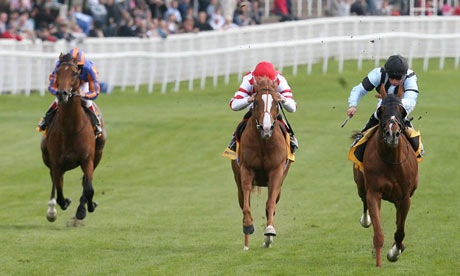
Horse Racing Pictures for Kids Black and White to Color Funny Hd Wallpapepr Images Pics
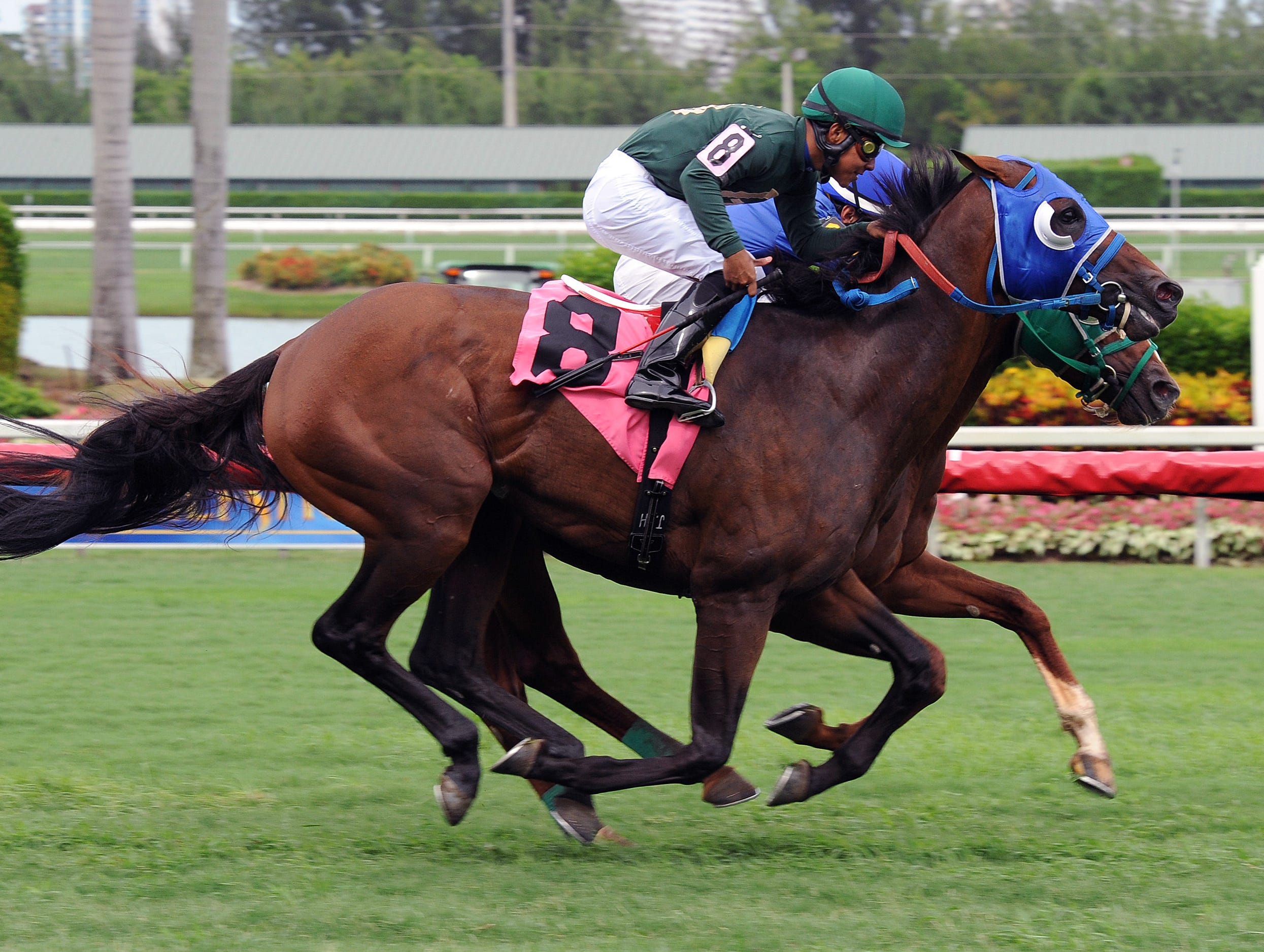
Horse Racing Pictures for Kids Black and White to Color Funny Hd Wallpapepr Images Pics
Horse Racing Pictures for Kids Black and White to Color Funny Hd Wallpapepr Images Pics
Horse Racing Pictures for Kids Black and White to Color Funny Hd Wallpapepr Images Pics
Horse Racing Pictures for Kids Black and White to Color Funny Hd Wallpapepr Images Pics
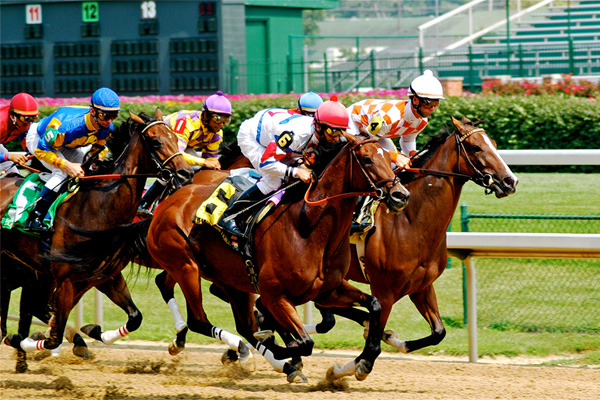
Horse Racing Pictures for Kids Black and White to Color Funny Hd Wallpapepr Images Pics
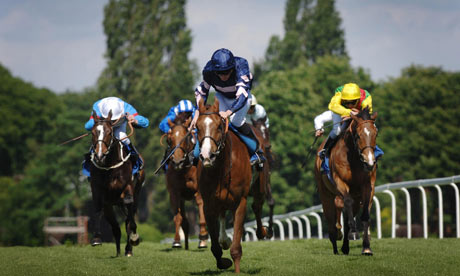
Horse Racing Pictures for Kids Black and White to Color Funny Hd Wallpapepr Images Pics
Horse Racing Pictures for Kids Black and White to Color Funny Hd Wallpapepr Images Pics
Horse Racing Pictures for Kids Black and White to Color Funny Hd Wallpapepr Images Pics

Horse Racing Pictures for Kids Black and White to Color Funny Hd Wallpapepr Images Pics

Horse Racing Pictures for Kids Black and White to Color Funny Hd Wallpapepr Images Pics
Horse Racing Pictures for Kids Black and White to Color Funny Hd Wallpapepr Images Pics
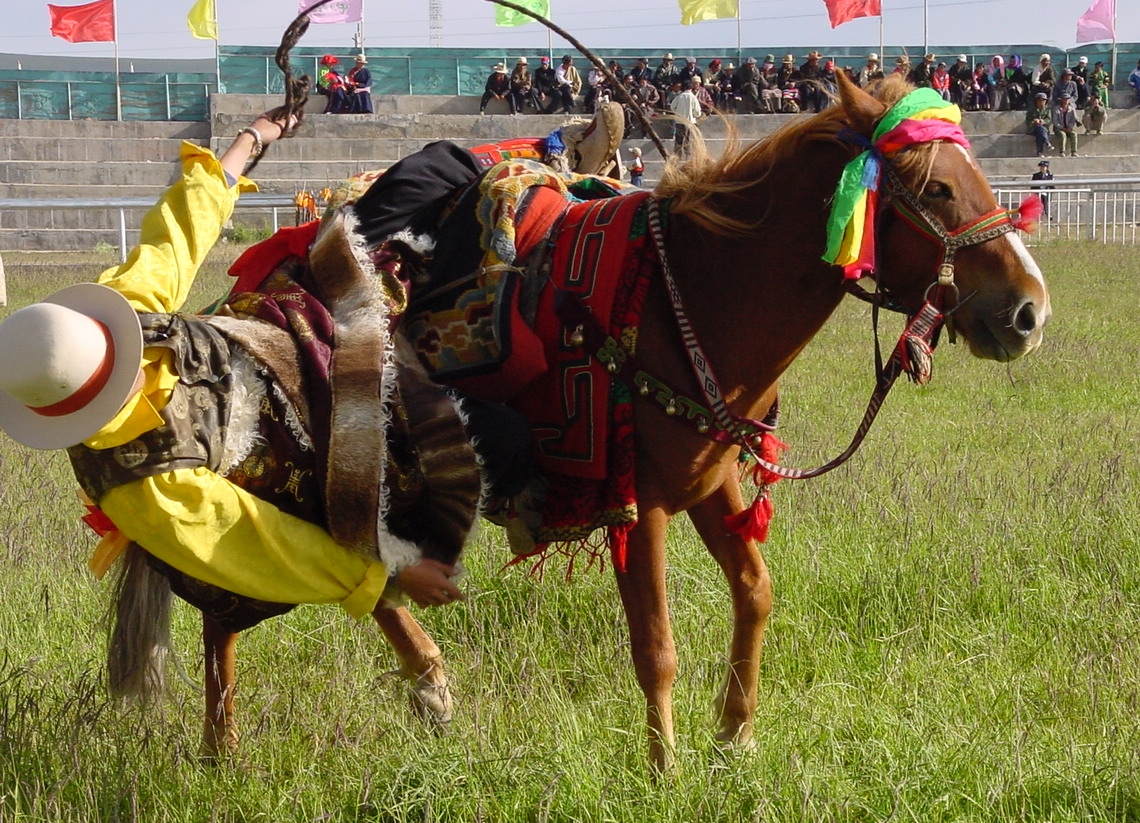
Horse Racing Pictures for Kids Black and White to Color Funny Hd Wallpapepr Images Pics

Horse Racing Pictures for Kids Black and White to Color Funny Hd Wallpapepr Images Pics

No comments:
Post a Comment